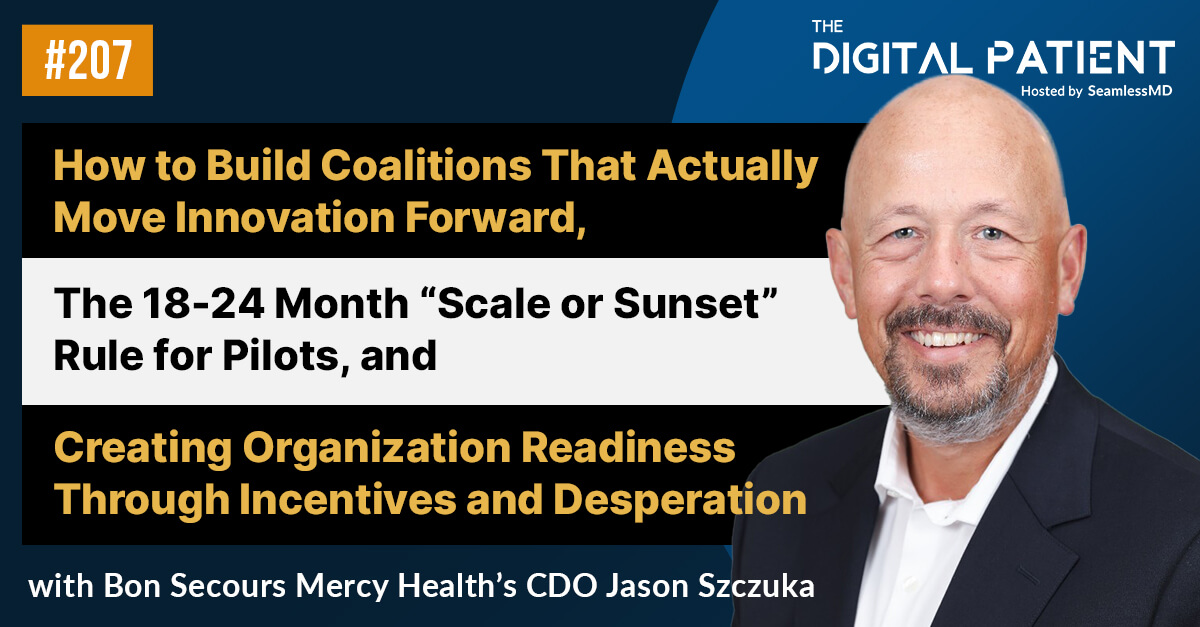In a post-pandemic health economy, healthcare organizations will continue to rely on remote monitoring solutions to increase access to care, reduce surgical backlogs, and improve patient outcomes. A successful Surgical Remote Monitoring program should not only operate as an effective tool that integrates well into clinical workflow, but should also require a thorough communication strategy for patients & the community, as well as providers & staff. As the introduction of new technology can present new challenges, an effective communication strategy will help equip both patients and providers with the right information.
Your messaging should include information about:
- Why you are launching a Surgical Remote Monitoring initiative
- When it is starting
- Anticipated benefits for patients, families and the hospital
- Key stakeholder contacts to learn more
Below is a list of best practice communication strategies to consider:
For Patients & Community:
- Posters and brochures within the surgeon’s offices and on the in-patient surgical floors
- Hospital website bulletin/page
- Media release about the initiative
- Community based organizations (i.e. Canadian Association of Retired Persons)
- Communication by surgeons and clinical teams after patients consent for surgery (enroll patients early as part of their pre-op preparation)
For Providers & Hospital Staff:
- Memorandums
- E-mail blasts
- Clinical committee meetings
- Leadership committee meetings
- Huddles
Most importantly, your physician champion, administrative champion and key stakeholders must play a leadership role in promoting the initiative across the hospital. The excitement your team delivers around this initiative has a significant impact on patient adoption.
Check out our podcast episode on “How to Implement Surgical Remote Monitoring” where we discuss the topic in-depth below:
Want a step-by-step plan to help you get started with a Surgical Remote Monitoring program? Download our free whitepaper here for a practical guide on how to get started with a Surgical Remote Monitoring program today.
.svg)










.png)
